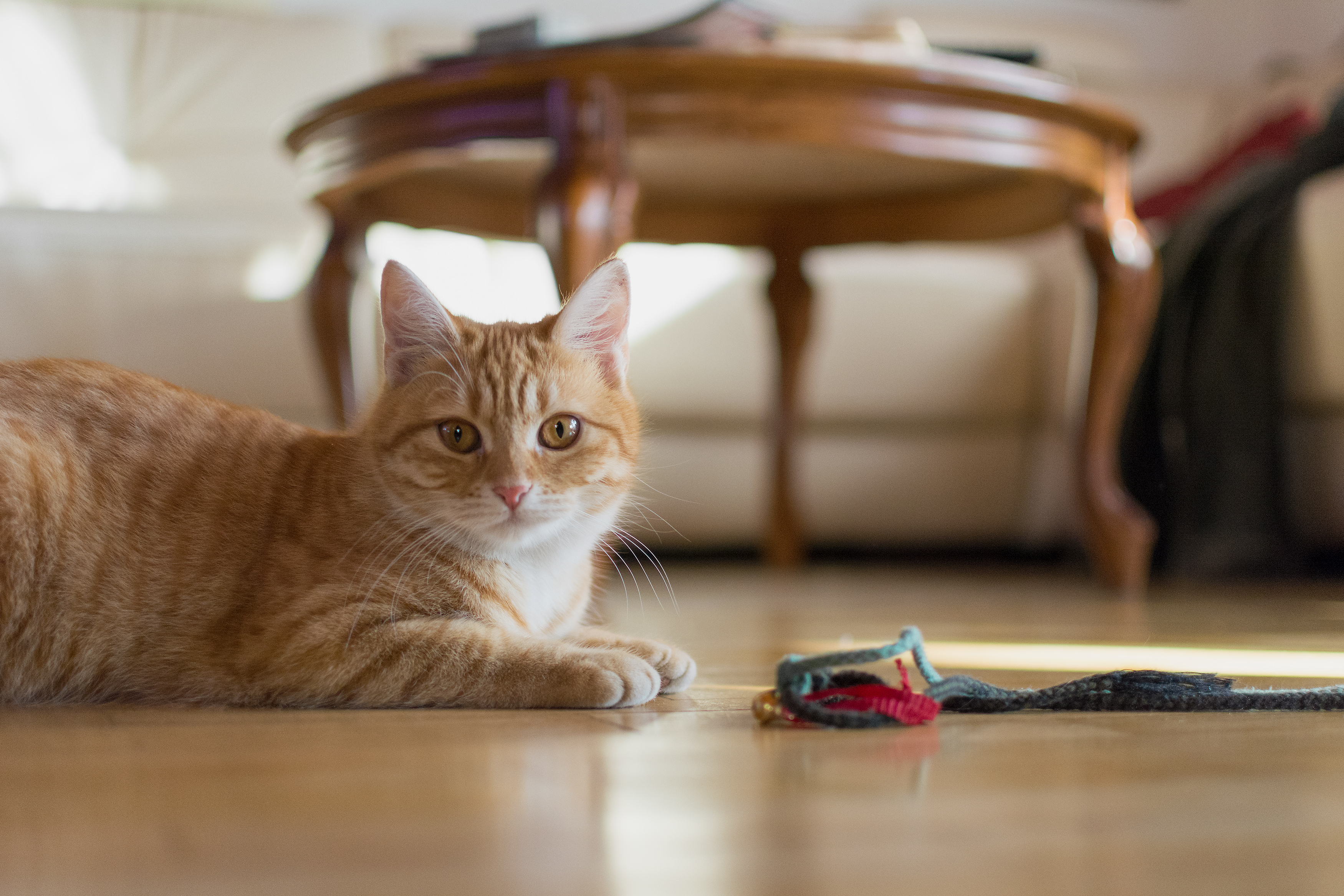Don’t Sugarcoat It: The Facts of Feline Diabetes
November is Diabetes Awareness Month, a time that calls attention to the impact this disease has on millions of Americans and to the daily health choices we make. But while most associate diabetes with humans, many do not realize that our feline friends are also susceptible to the disease.

Dr. Audrey Cook, a professor at the Texas A&M College of Veterinary Medicine & Biomedical Sciences who is board certified in feline practice, shares with cat owners how this condition may present in their pet and how it can be managed.
“Diabetes mellitus (DM) is a fairly common endocrine disease in domestic cats,” Cook said. “Although there are many reasons why cats become diabetic, most cats have underlying insulin resistance, much like people with type 2 diabetes. This means that an affected cat may still be able to produce some insulin, but the body does not respond to this appropriately and the insulin produced is not enough to control blood sugar concentrations.”
Symptoms of feline DM include excessive urination, excessive thirst, lethargy, weight loss, and increased appetite. Cats who are obese, older than 7 years, inactive, male, and neutered are at a higher risk for developing DM. Certain breeds may also be predisposed, and some commonly used medications, such as glucocorticoids (steroids), may also increase the risk of diabetes.
“If your cat shows any signs suggestive of diabetes, please talk to your veterinarian immediately,” Cook said. “Most cats respond well to treatment with insulin, but a delay in starting therapy can cause serious problems.”
Most cats will require insulin injections twice daily, though a variety of treatment options are available. A veterinarian will likely recommend a specific diet and will address weight issues if the cat is carrying any extra pounds.
Owner participation plays a key role in the management of feline DM. In addition to the administration of insulin, owners must monitor their cat’s daily activities, including water and food intake and urine production. Many owners also check blood-glucose levels at home, although this is not a requirement for successful diabetic regulation.
“We have a lot of options for monitoring our feline diabetic patients,” Cook said. “Some of our diabetic cat owners learn to collect a tiny amount of blood and others prefer to check the blood glucose using a device that is placed on the back of the cat’s neck and scanned with a smartphone. We can also run tests in the hospital that let us know how well the insulin is working.”
Regular veterinary visits are important for long-term disease management, as insulin doses may need to be adjusted over time. Some cats undergo remission, in which case insulin is no longer needed.
Although a diagnosis of diabetes can be daunting, many cats do well with treatment and live happy, comfortable lives.
“Owners should find a veterinarian who is interested in this disease and who has experience in caring for cats with DM,” Cook said. “Treating a cat with DM takes some extra effort, but most owners are very satisfied with the outcome and say that caring for their cat made the bond between them even stronger.”
Pet Talk is a service of the College of Veterinary Medicine & Biomedical Sciences, Texas A&M University. Stories can be viewed on the web at vetmed.tamu.edu/pet-talk. Suggestions for future topics may be directed to editor@cvm.tamu.edu.


